Blending in ESG adoption in procurement for 2023 and beyond

Blending in ESG adoption in procurement for 2023 and beyond
Did you know that your sustainability choices could directly impact your company’s top line? That’s because 83% of consumers and 91% of business leaders believe companies must prioritize ESG practices. An increasing segment of the global customer base is also leaning toward businesses that put sustainability at the forefront of their decisions.
It wouldn’t be a stretch to say that if you want to stay in the game in the coming years, you will need a solid ESG framework in your company. That said, some areas may be given more weightage than others in the race to sustainability. For example, as Deloitte reports, around 66% of companies focus on energy efficiency, 57% on educating their workforce about climate change, and 55% on reducing air travel.
But one area could often be left behind in the journey towards building a more sustainable ecosystem in your business. We’re talking about procurement and the supply chain, of course.
Decoding sustainable procurement: What is it and why does it matter?
Sustainable procurement involves sourcing and purchase processes designed around essential ESG criteria. It is environmentally friendly, reduces waste, and promotes fair trade. Here’s why you need to include procurement as a part of your organization’s ESG strategy.
- It lowers costs:
Sustainable practices minimize energy usage and wastage, eventually helping you save costs significantly.
- It could lead to better revenue:
With more buyers prioritizing ESG factors, you will find attracting and retaining customers easier if you adopt sustainable procurement practices.
- It improves brand reputation:
Consistently embracing sustainability across various verticals in business procurement can bolster your brand value and future-proof your supply chain.
3 easy ways to give your procurement strategy an ESG upgrade
Here is what you can do to adopt sustainable practices for sourcing raw materials, components, and MRO in procurement strategies.
- Identify suppliers who prioritize ESG.
If you partner with suppliers who also give more significant weightage to ESG criteria, it becomes easier for you to keep your procurement strategy sustainable.
- Be prepared for adjustment pains.
Implementing a sustainable procurement system may have hurdles like knowledge gaps, lack of support from suppliers, or trouble finding the right solutions. Have a plan in place to work around these issues.
- Create an ESG-oriented procurement strategy that works for you
There is no one-size-fits-all sustainable strategy for all businesses. Instead, you must find the areas in your procurement plan that need to be revised and aligned with your ESG goals and draw up a strategy accordingly.
Accelerate ESG adoption in procurement in 2023
In the coming year, the time is ripe to set new sustainable goals for your procurement strategy and streamline sourcing and purchases for your business. If you’re eager to transform your MRO procurement, Moglix may be the partner you need. Please send us your business query at info@moglixbusiness.com.
Sustainable supply chain management- The New Wave in MSMEs
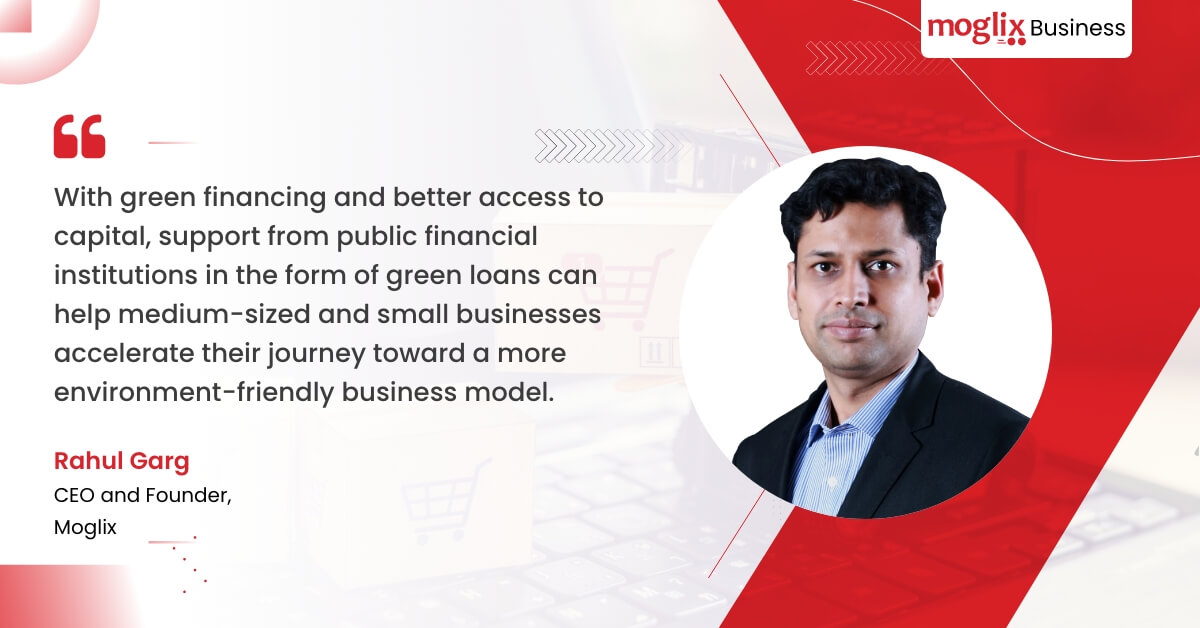
Sustainable supply chain management- The New Wave in MSMEs
It is no secret that we find ourselves amidst a climate crisis that demands our attention and action. With many nations committed to attaining net zero emissions by 2030, time is of the essence. It is one of the primary reasons why there is a pressing need for organizations across the globe to prioritize their ESG Goals. Net zero goals are ambitious but possible. Among other things, organizations must strive to assess and re-imagine their supply chains. According to a research report by McKinsey, the supply chain of a company offering consumer goods is the major contributor to its aggregate environmental impact. For example, 80 per cent of an organization’s greenhouse gas emissions and 90 per cent of its overall effect on the ecosystem result from run-of-the-mill supply chains.
Digitalization: Making the Metals and Mining Industry More Agile and Efficient
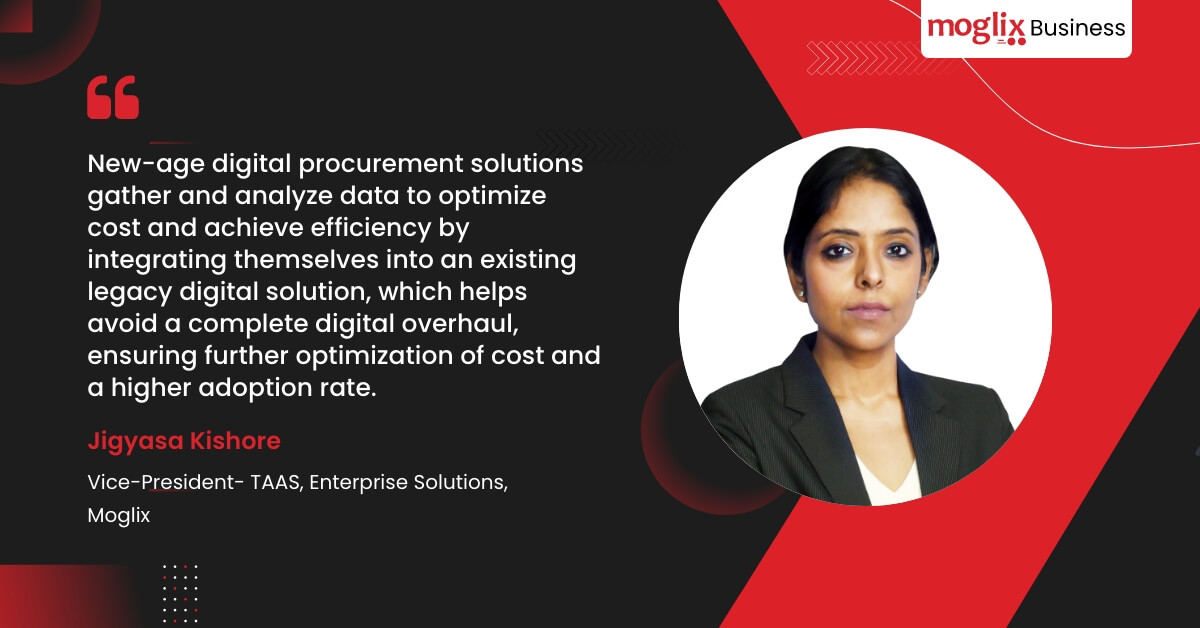
Digitalization: Making the Metals and Mining Industry More Agile and Efficient
The metals & mining industry forms the core of industrial development as it provides elementary raw materials for most of the downstream industries like power, steel, cement, aluminum, etc. The metals and mining industry has been dogged by several persistent issues like geological uncertainty, market volatility, operational hazards, etc. Though miners have been one of the early adopters of technological or digital advances most of those digital efforts were on improving operations and not process-oriented areas such as procurement and supply chain. As a result, even the digital leaders of the industry are relatively 30% less digitally mature as compared to their counterparts in the chemical and automotive industries.
According to a DAI survey, manual and fragmented procurement cycles are still a norm in nearly 75% of companies.
A paradigm shift in Fashion Industry is connecting the loose ends
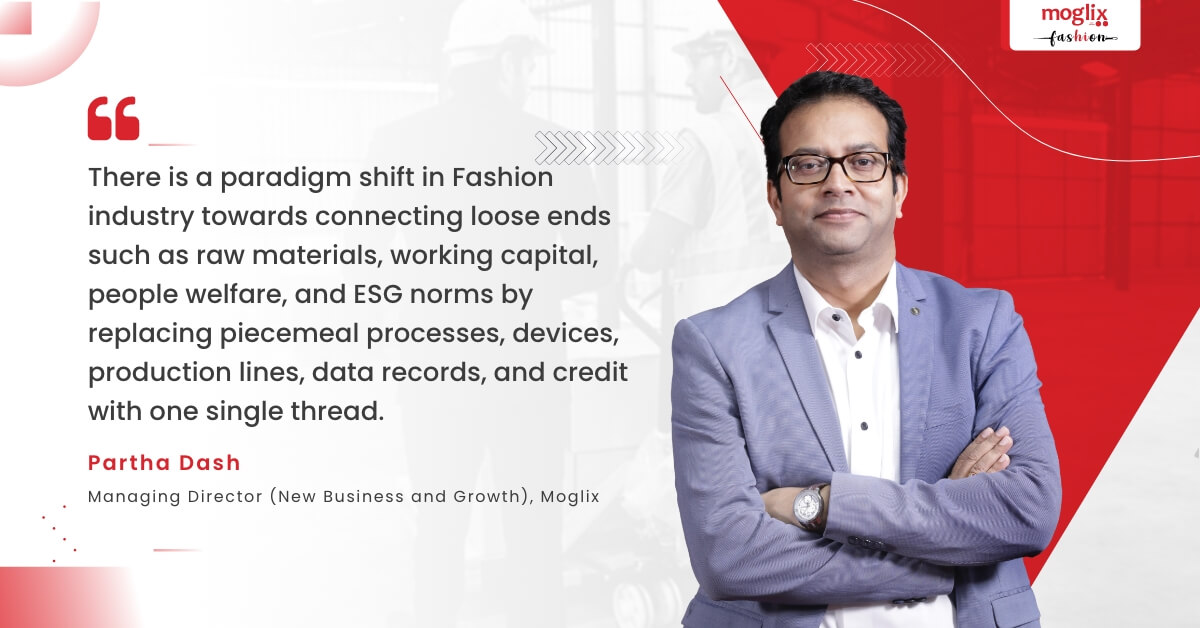
A paradigm shift in Fashion Industry is connecting the loose ends
How unpredictable can things get in the fashion industry supply chain? In 2019 India’s fashion and apparel industry was projected to grow to $59.3 billion by 2022. And then, the COVID19 pandemic struck. Now with the end of the pandemic in sight, the Indian fashion industry has bounced back better to reach revenues worth $87.6 billion in 2022 and is estimated to grow to $102.6 billion by 2026. What explains the roller coaster ride that the Indian fashion industry supply chain is on? Outlined below are some risks and the inherent opportunities in addressing them:
Demand Diversity Across Geographies, Cultures, and Time: Fashion choices can change depending on geography, culture, and time of the year. To elaborate, people in cool climates prefer jackets, coats, gloves, scarves, earmuffs, and warm undergarments.
Webinar on VUCA challenges in the disruption era

Webinar on VUCA challenges in the disruption era
Date : October 15, 2022
Organizer: CXO Genie
About the Event: Mr.Rishabh Agrawal, Senior Vice President, Credlix shared his perspective on ‘VUCA Challenges in the Disruption Era’ at the recently concluded CXO Genie Masterclass.
2nd Edition of India Economic Summit
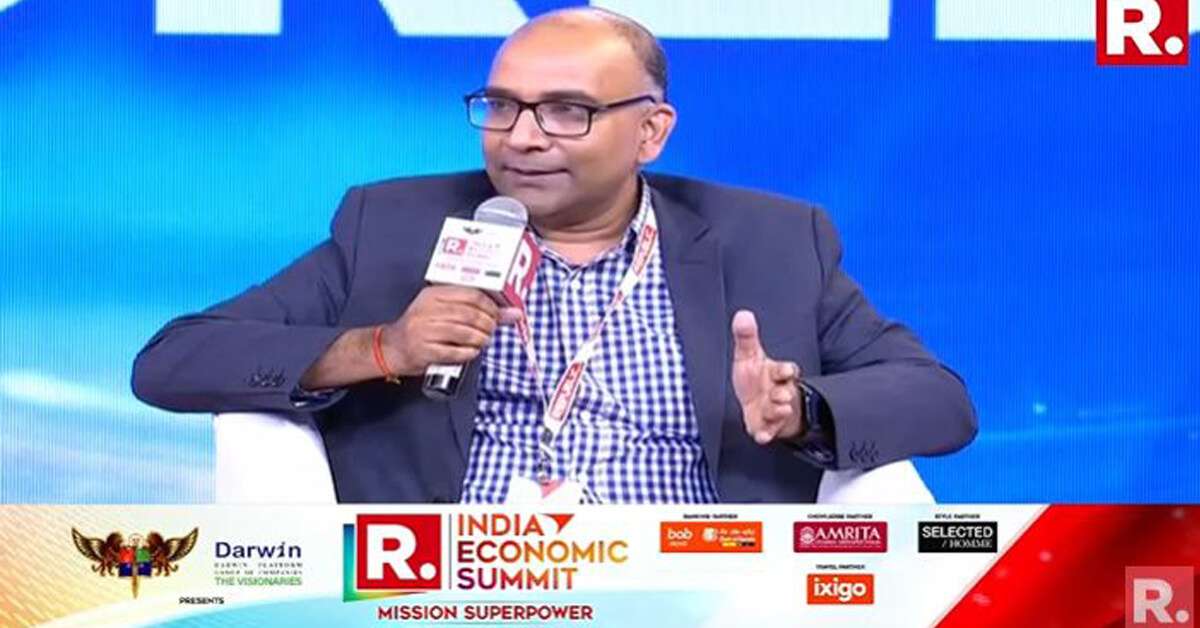
2nd Edition of India Economic Summit
Date : October 14, 2022
Organizer: Republic World
About the Event: Mr. Sandeep Goel, Managing Director, Moglix shared his perspective on ‘World’s Digital HQs’ today at the second edition of Republic World’s India Economic Summit 2022- Mission Superpower.
Energizing India at 75 The Renewable Energy Supply Chain Transformation We Need to Fight Climate Change
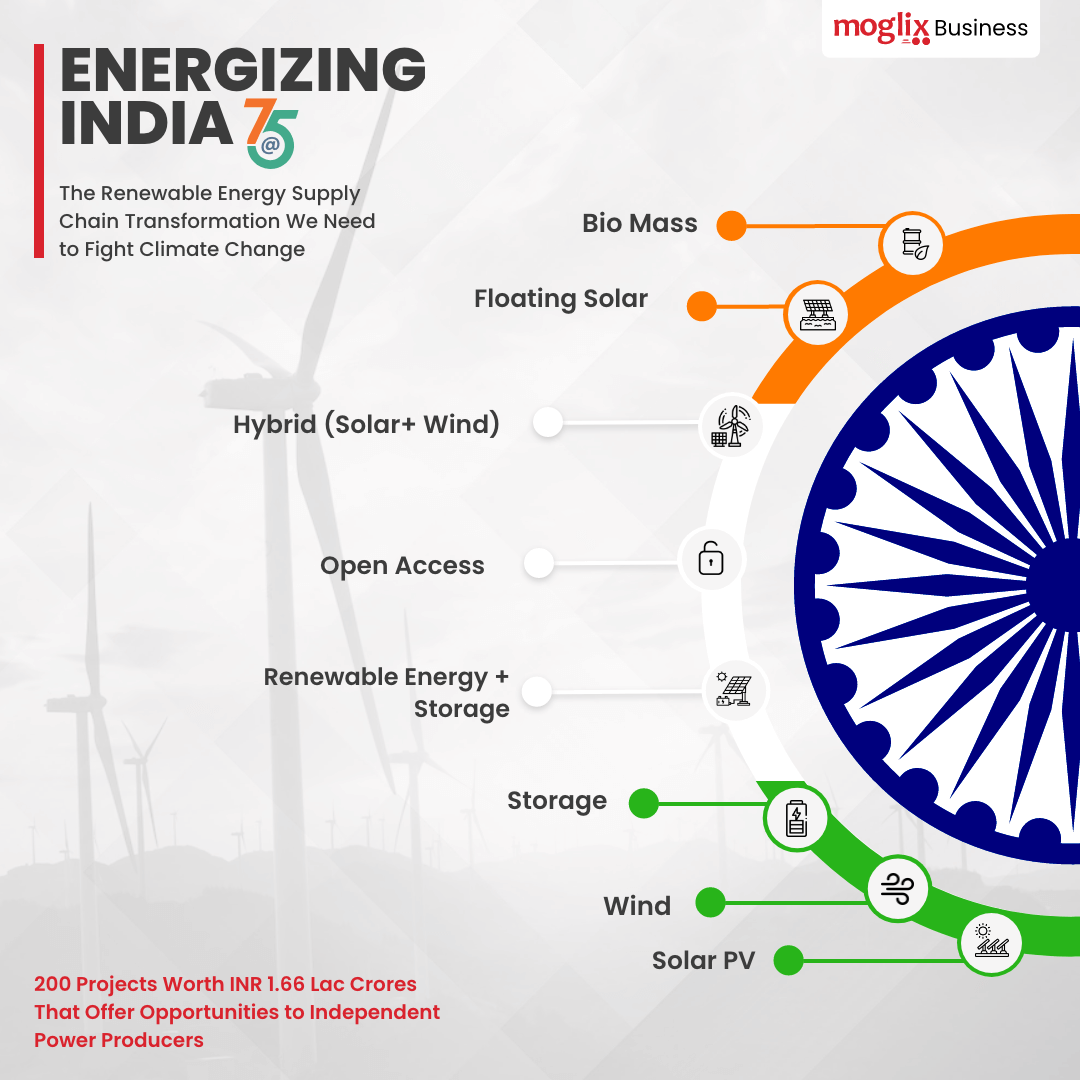
Energizing India at 75 The Renewable Energy Supply Chain Transformation We Need to Fight Climate Change
Back in December 2021, while writing an article for guest column of a leading business tabloid soon after the COP26 Glasgow Summit on climate change, we had commented on the next steps.
Our observation was that supply chain transformation will enable the smooth reconfiguration of value to reflect the real reprioritization of climate change in corporate value chains and value systems.
Governments will start clearing out carbon content from the supply chain, manufacturers will have to roll out innovative solutions with speed and scale to cash in on the opportunities. Everyone will have an active role to play.
The time for such a supply chain transformation has come. What makes each one of us at Moglix Business so confident about the renewable energy supply chain transformation? The answer to this question is in the e-book “Energizing India@75: The Renewable Energy Supply Chain Transformation We Need to Fight Climate Change”.
The Future of Renewable Energy Supply Chain in India; Digital and Made to Order for Agility at Scale
India’s next generation renewable energy mix to fight climate change will require a whole new approach to handling the manufacturing supply chain. From supplier capability mapping, quality management of made to order equipment like solar PV modules, solar PV cells, wafers/INGOTs to poly silicon, and monitoring work in progress, everything should come together on digitally integrated ecosystems and centralized data governance platforms.
It will ensure that all stakeholders in the ecosystem like IPPs, EPC companies, OEMs, MSMEs, lenders, and investors are relying on the same numbers to look from their respective vantage points.
Energizing India at 75: The Significance of the E-Book
We have tried to answer some difficult questions in this e- book. These include answers to the lenders’ checklist for offering credit to independent power producers, the debt equity ratio for such projects, and which sector offers the greatest incentives to IPPs?
True to the best of our knowledge, we believe that solar PV projects have an advantage. We have therefore done an end-to-end value chain analysis of the solar PV projects.
Moglix expands its distribution footprint with 100 % acquisition of ADI India
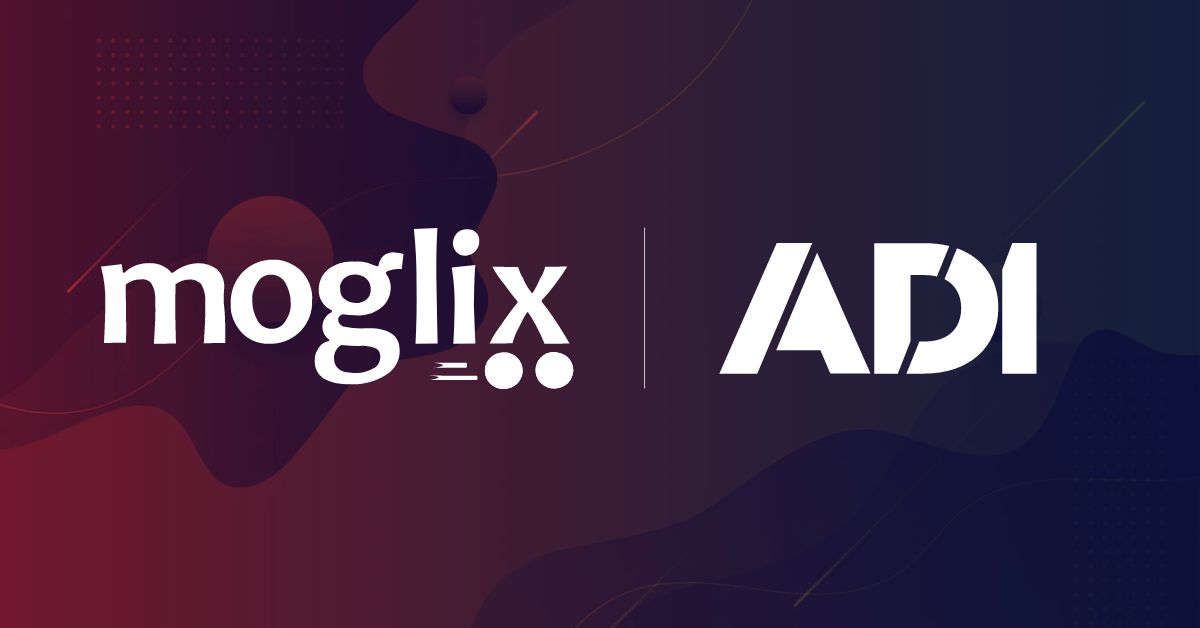
Moglix expands its distribution footprint with 100 % acquisition of ADI India
India’s B2B e-commerce and digital supply chain solutions pioneer, Moglix today announced the acquisition of ADI’s India distribution business to spread its arms further into industrial goods distribution. ADI’s India business represents the Indian distribution arm of ADI Global Distribution, a leading global wholesale distributor of security, AV and low-voltage products, which is part of Resideo Technologies, Inc.
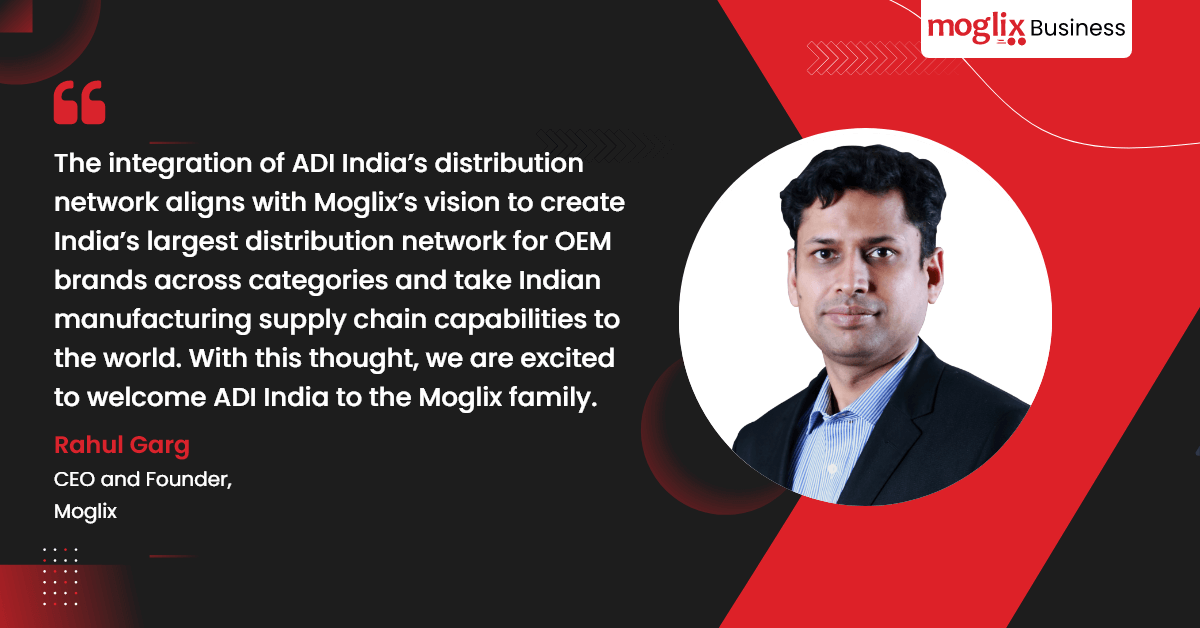
Moglix has acquired ADI’s India distribution business with an aim to strengthen its product portfolio across video surveillance, access control and fire control products. Moglix will integrate all ADI India’s offerings, sales partnerships, on-ground assets and the workforce into its global supply chain ecosystem. With this acquisition, Moglix is leveraging the capital and expertise to further scale up the assortment strength, and category depth of the company’s catalogue by 2X.
“ADI India’s addition to Moglix ecosystem enables synergies through their on- ground customer touch points and distribution footprint combined with our asset-light digital-first approach and touchless supply chain processes.”,
adds Partha
Gujarat: Growth Engine For Exports

Gujarat: Growth Engine For Exports
Date : September 22, 2022
Organizer: EXIM Club
About the Event: Credlix participated in the ‘Gujarat: Growth Engine for Exporters’ program, organized by the Exim Club – India which bought eminent personalities to discuss key growth areas for Industries and Exporters.
ChemConnect 2022
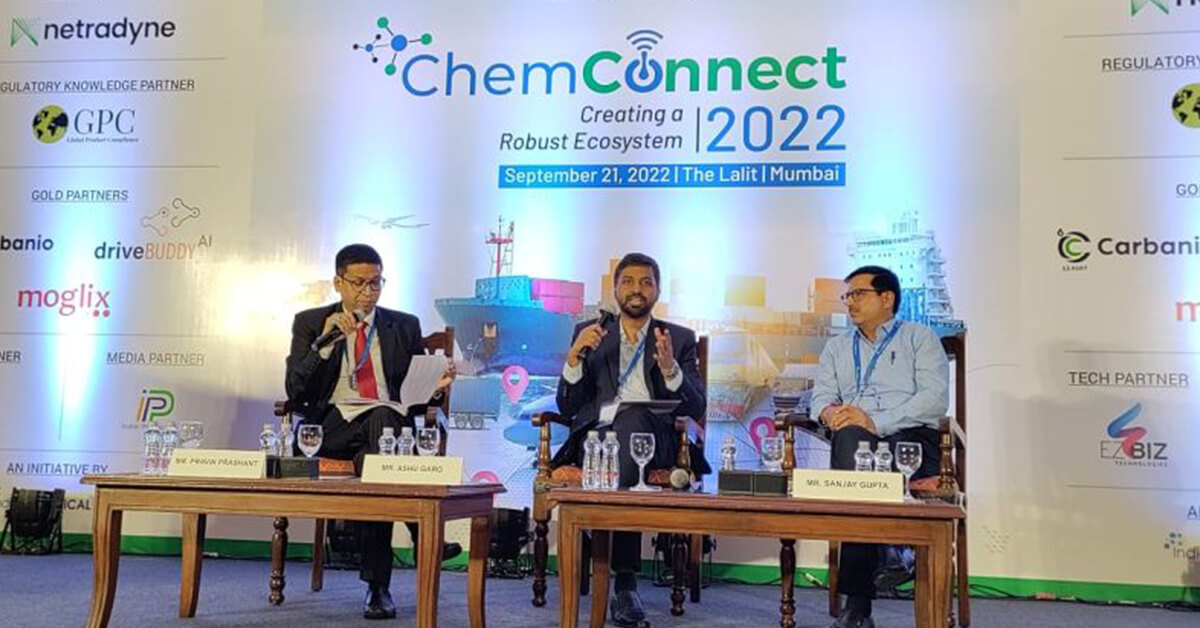
ChemConnect 2022
Date : September 21, 2022
Organizer: Indian Chemical News
About the Event: Mr. Ashu Kant Garg, Director, Moglix participated in a fireside conversation with Mr. Sanjay Gupta (Head Procurement, GHCL Ltd.) on the topic, ‘Process efficiency & transparency through digitization in procurement’ at ChemConnect 2022, organized by the Indian Chemical News.
